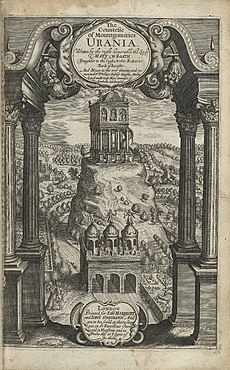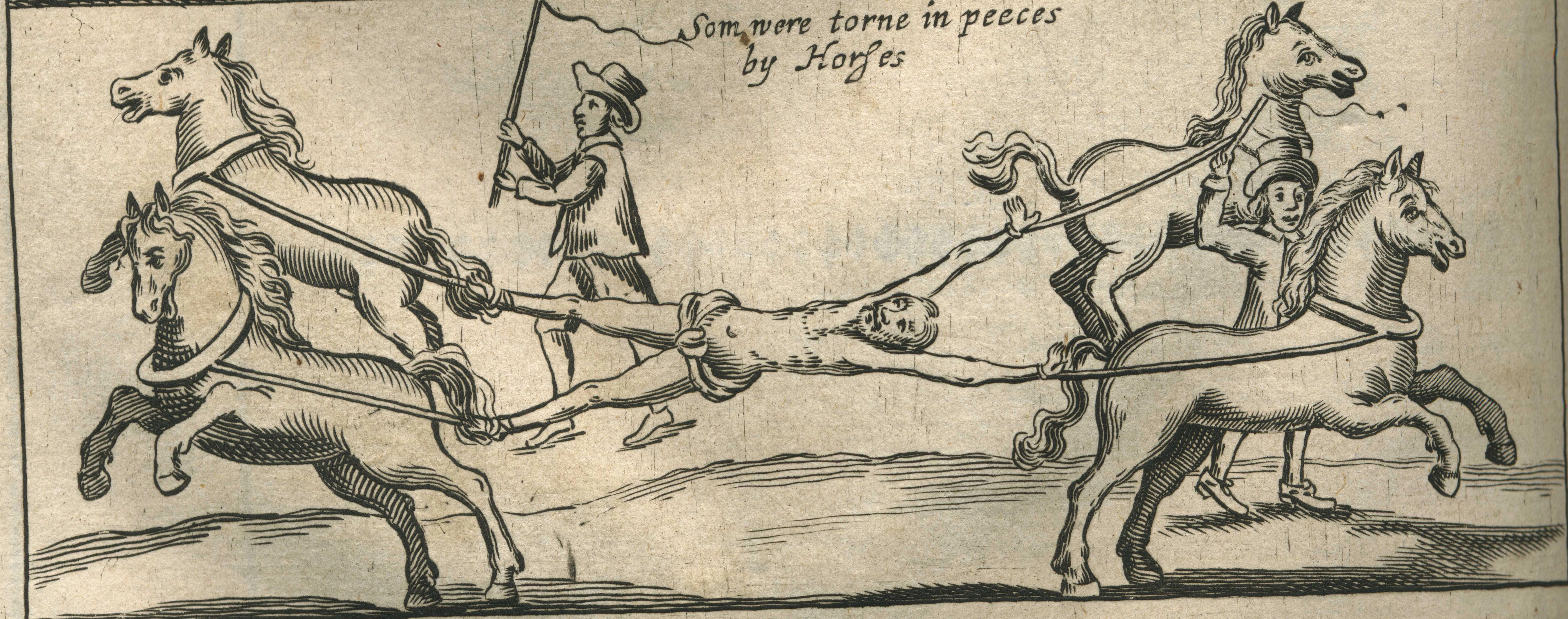“Hudibras” and the Puritan Mindset
If matrimony and hanging go By dest’ny, why not whipping too? (Samuel Butler, Hudibras. The Second Part, London, 1664), p. 60; 2.1, ll. 839–40). ‘Marriages’, Lyly says, ‘are made in heauen, though consumated in earth’ (John Lyly, Euphues and his England, London, 1580, p. 129), and Eliot renders the French proverb, ‘Qui doibt pendre ne…
The Dominatrix in Early Modern Times
Saint Jerome tells a queer story of a Christian captured by the Romans. To destroy his soul, rather than his body he was (as the Catholic translation of 1630 has it) taken and … led aside into a most delicious garden & there in the middest of pure lyllies, and blushing roses, (where also a…
Homoeroticism in Foxe’s Book of Martyrs
Unlike Catholic suffering, which (at least in its monastic context, where penance went hand in hand with chastity) was frequently overtly linked with sexuality, Protestant suffering generally relates to sex only obliquely. Whereas, for example, Anthony of Padua’s biographer explicitly traces the saint’s determination to eradicate sexual desire by m…
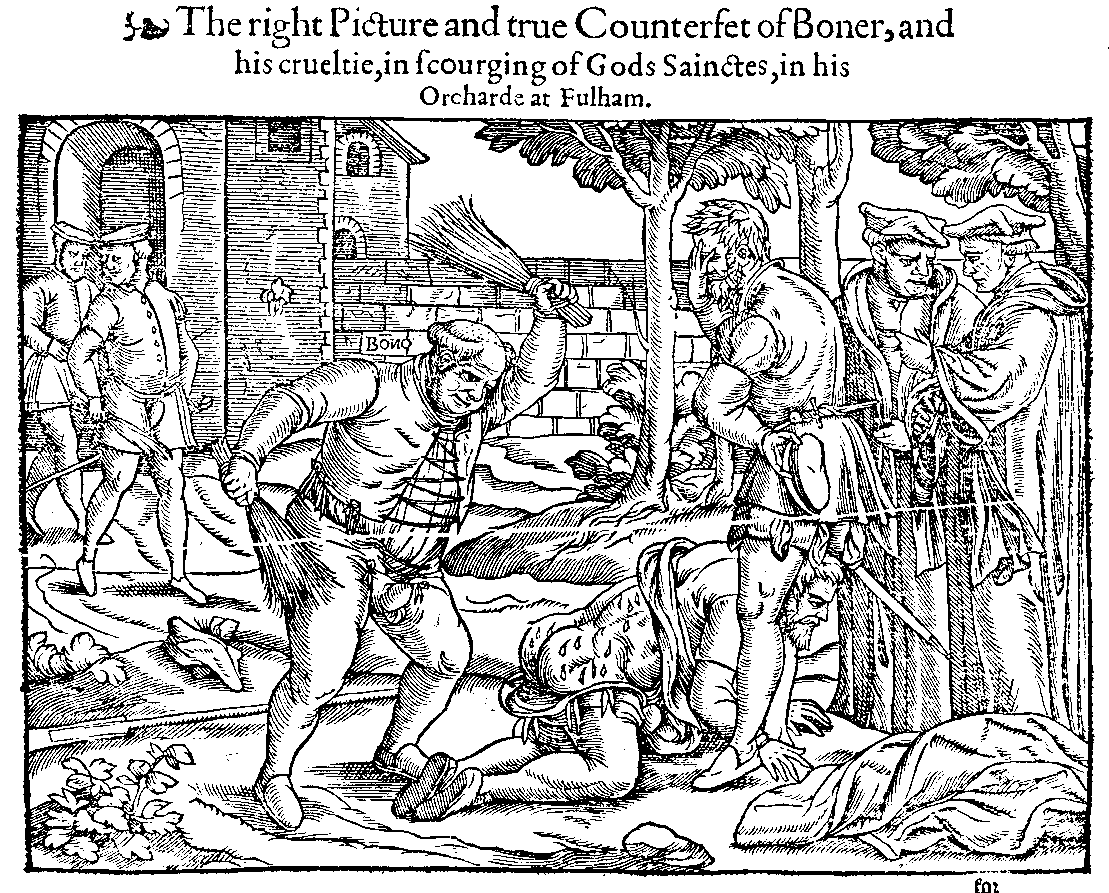
Seventeenth-Century Tidbits #4: More about bras
Just when you think you know something someone comes along and turns it all upside down! There I was - along with pretty much everyone else who'd bothered to give the matter a second thought - all cocooned in my certainty that the early modern breast was corseted, and someone goes and digs up a…
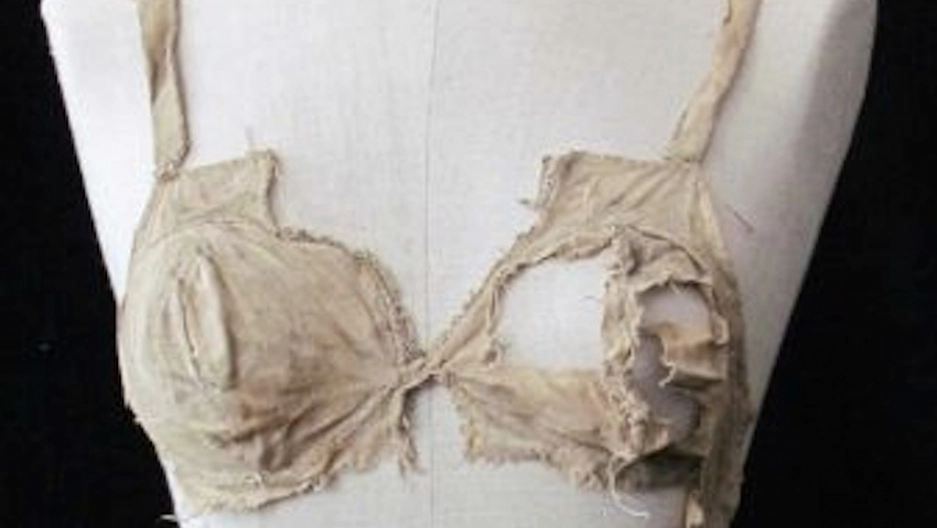
Toulalan, _Imagining Sex_
Toulalan's book gives a fairly comprehensive insight into attitudes towards sex in the seventeenth century, building on the insights gained by works like Ian Moulton, Before Pornography: Erotic Writing in Early Modern England (OUP, 2000), but I have a fair few criticisms. Toulalan assumes that Foucault got it right in saying that, at the dawn…
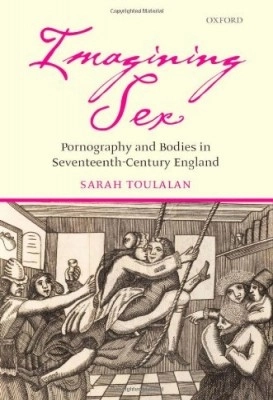
The Sex Lives of Saints
This is another book I found very useful in my work on early modern attitudes towards suffering. Virgina Burrus, The Sex Lives of Saints (University of Pennsylvania Press, 2007), discusses the saints of the early Christian period, but it got me thinking about how the accounts of these saints were received in the early modern…
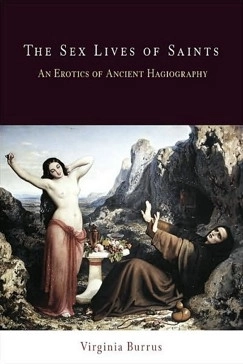
Recommended Reading: _Erotic Subjects_
Of all the modern scholarship I consulted in the writing of my own book, Melissa E. Sanchez, Erotic Subjects: The Sexuality of Politics in Early Modern English Literature (OUP, 2011) was probably the one I liked best. Admittedly, my reasons for liking it are very subjective - its treatment of the issue of the discursive…
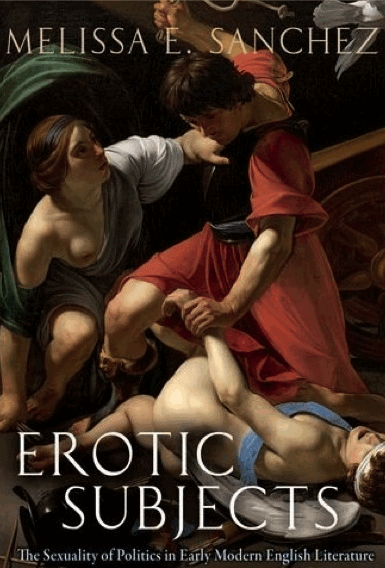
Seventeenth-Century Tidbits #2: Before the Bra – the Radical Option
As the nameless and disreputable-looking lady above and the Duchess of Monmouth below attest, the radical option was simply to go without! Find out more here.…

Seventeenth-Century Tidbits #1: Ladies Spat in the Theatre!
On the 25th of January, 1661, Samuel Pepys ‘went to the Theatre, where I saw again “The Lost Lady,” which do now please me better than before; and here I sitting in a dark place, a lady spit backward upon me by a mistake, not seeing me, but after seeing her to be a pretty…

On Mary Wroth’s _Urania_
Mary Wroth's Urania (London, 1621) poses profound problems for feminist critics; here we have the first major full-length work of fiction in English by a woman and it contains some of the most graphically sadomasochistic scenes of male domination and female submission that the seventeenth century has to offer. ‘What, then, to make of this…
